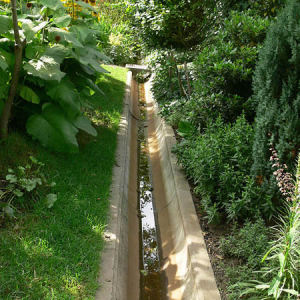82 Sustainable Gardening Tips
By MOTHER EARTH NEWS readers and Shelley Stonebrook
Most gardeners have sustainability on their minds. After all, growing your own food is a huge step toward leading a sustainable lifestyle. Organic, chemical-free methods are inherently more sustainable — for human health, wildlife, the soil and the water supply — than non-organic techniques. But sustainable gardening goes beyond just using organic methods. From water and energy conservation to waste reduction and smart seed-sourcing, there are infinite ways we can make our practices more sustainable.

Reusing and Recycling Materials in the Garden
1. I use an old plastic mesh bag to round up leftover slivers of soap. I rubber-band the bag so it’s tight and hang it next to the hose. The combo of the slightly abrasive bag and the soap scrubs off garden dirt. — Irene, Washington
2. I make row covers out of tomato cages, old rebar I got free, and used blankets I got at the local thrift store. — Cathy, Florida
3. Instead of purchasing expensive weed-blocking landscape cloth, I use free old tarps from my local lumber store that they used to cover wood during shipping. — David, Utah
4. I gather pieces of concrete to use as stepping stones in my garden. — Susan, Virginia
5. I recycle drink cups to grow tomatoes from seed. When they’re ready to transplant, I simply remove the bottom inch or so of each cup and plant directly in the ground. This prevents cutworms from making a meal of my transplants. — S., California
6. I was given some heavy-duty metal “for sale” sign frames, and I placed them in my raised beds to support bed covers in early spring. — Kat, California
7. Old pantyhose are my friends: They make garden ties, and I use them to “bag” cantaloupes growing on trellises so the melons have extra support. — Donna, North Carolina
8. I make all my garden fencing with scrap wood and build my veggie trellises and arbors with fallen branches and saplings. — Irene, New Jersey
9. My plant tags are twigs with a shaved-off area to write on. — Michelle, New York
10. For a cold frame in late winter, we prop old windows against straw bales. When I know we’re in danger of a frost, I take old bean poles and jab them into the ends of my beds, throw old sheets over them, use stones or bricks to hold down the edges, and voilà! I have a makeshift tent in my garden. — Liz, Ohio
